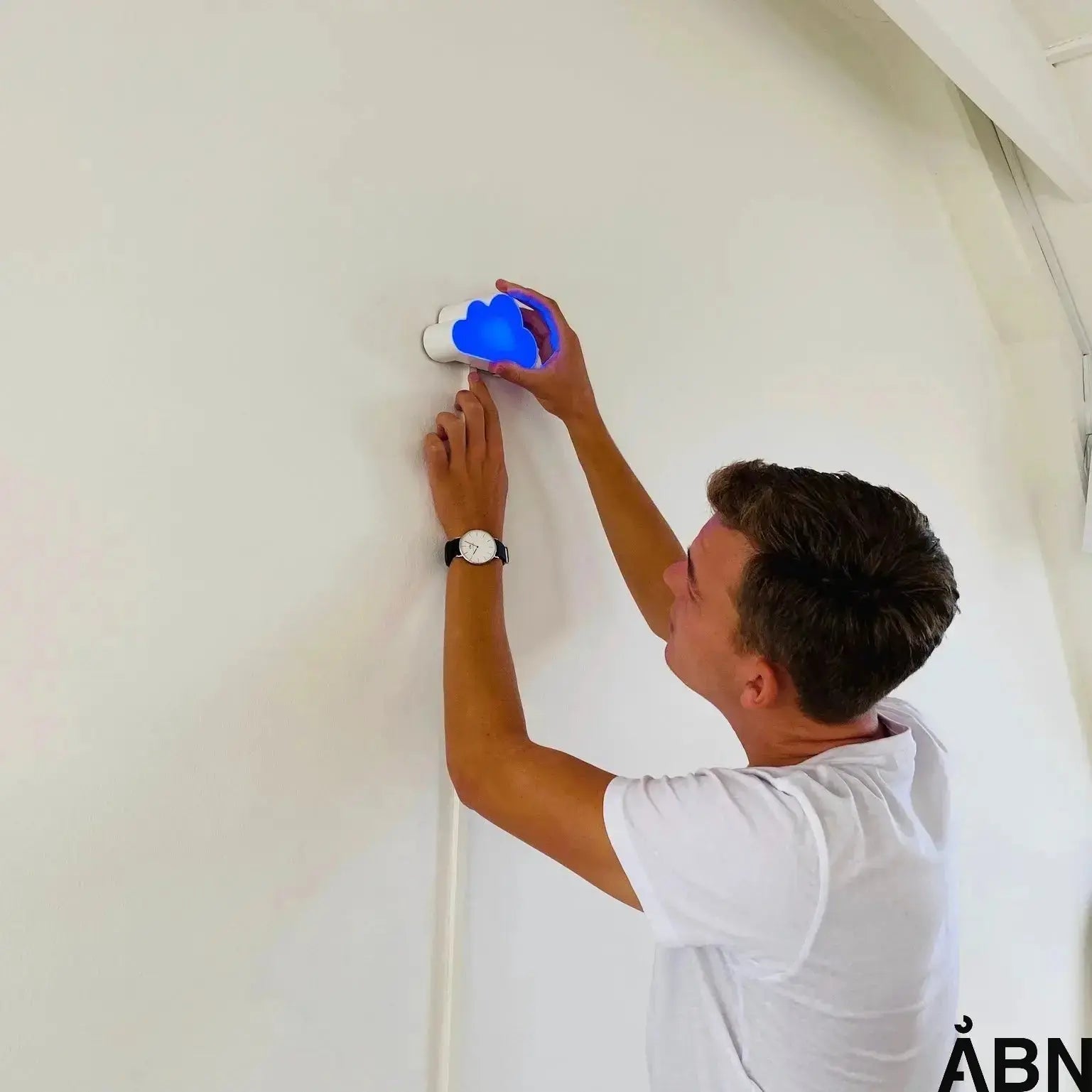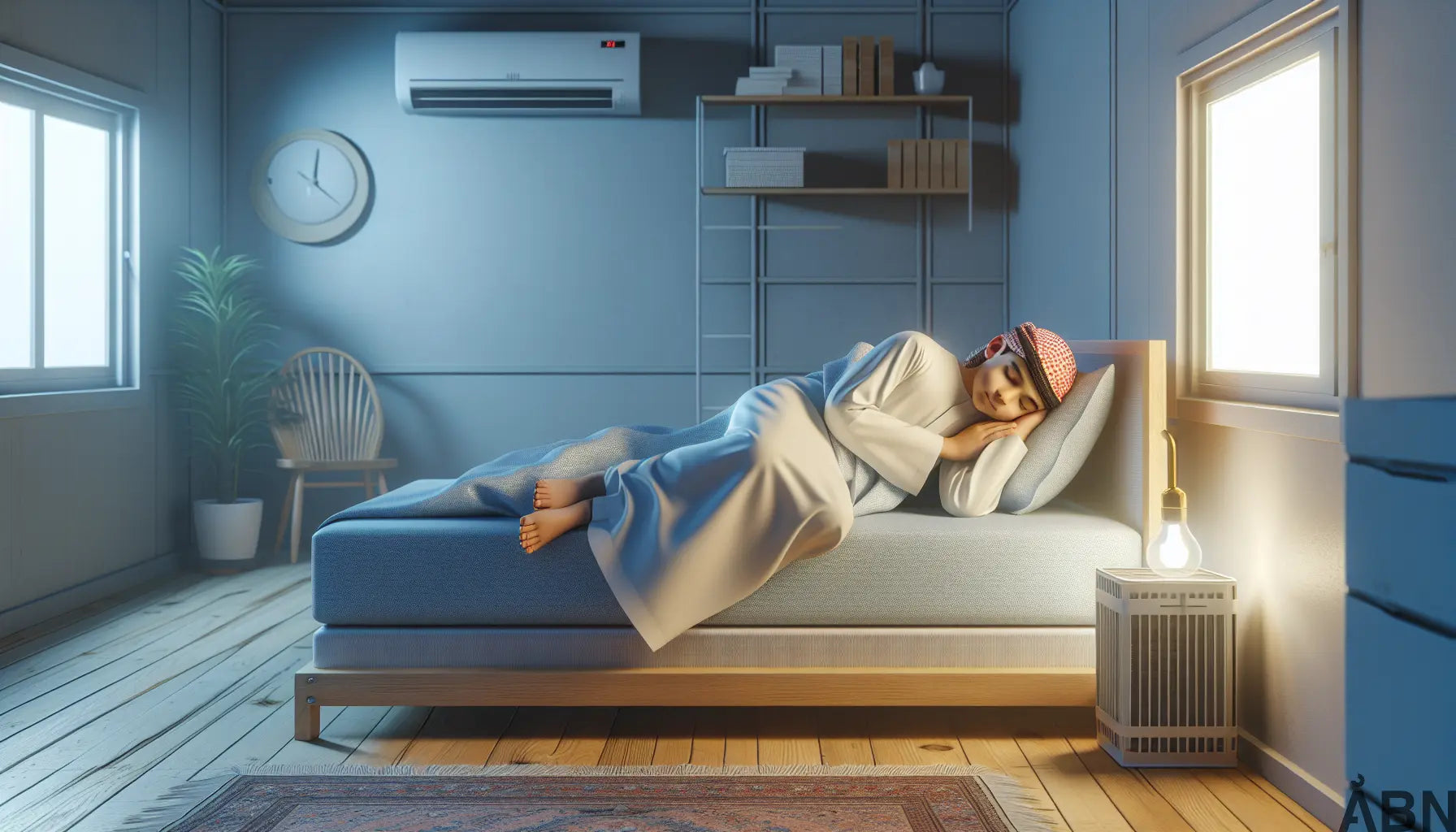Is humidity dangerous? – When the indoor climate coughs
Imagine that you walk into a room. It feels a little damp. The air is heavy. Maybe it smells faintly of a basement. You take a breath – and start coughing. It sounds like the beginning of a horror movie, but for many Danes it is reality. The question is: Can humidity cause coughing? And even more importantly: Is humidity dangerous?
The answer is not just a yes or no. It’s about how moisture affects our indoor climate – and therefore our health. In this article, we delve into how moisture can be an invisible enemy in homes, schools and offices, and what you can do to protect both buildings and people.
The hidden consequences of moisture
Moisture in buildings is not just a matter of aesthetics or comfort. It is a health problem. According to the Danish Health Authority and Asthma-Allergy Denmark , moisture can lead to the growth of mold and dust mites – two of the most common allergens in Danish homes. These microorganisms release particles and chemicals that irritate the respiratory tract and can trigger coughing, shortness of breath and allergic reactions.
Children, the elderly and people with asthma or allergies are particularly at risk. But even healthy people can experience symptoms such as dry cough, fatigue and headaches when they are in humid environments. In other words, dampness is not just a construction challenge – it is a public health concern.
How do moisture problems arise?
Moisture can come from many places: leaky roofs, poorly insulated walls, rising damp or simply poor ventilation. In modern, sealed buildings, moisture can also come from inside – from cooking, bathing, drying clothes and people’s own exhalation. When moisture cannot escape, it creates an environment where mold and bacteria thrive.
The Danish Environmental Protection Agency emphasizes that proper insulation and ventilation are essential to avoid moisture-related health problems. It is not only about building correctly – but also about using the building correctly.
Can humidity cause coughing? Yes – and here's why
Coughing is the body's way of protecting itself. When we breathe in irritants – such as mold spores or chemical compounds from damp materials – the body reacts by trying to get rid of them. This often happens in the form of a dry, persistent cough.
Research from Ugeskrift for Læger and other Danish medical sources shows that there is a clear correlation between humidity and respiratory symptoms. This applies both at home and at work. And it is not just a feeling – it is documented in clinical observations and epidemiological studies.
A thesis report from Aarhus University describes how moisture can cause both mechanical and chemical irritation of the respiratory tract. This means that even without visible mold, moisture can negatively affect our health. It’s the kind of knowledge that should make all decision-makers – from municipal building officials to parents – listen up.
The invisible heroes and enemies of indoor climate
At ÅBN we often talk about “ the invisible guest ” – CO₂, moisture and particles that affect our indoor climate without us seeing them. But we also have “ the heroes of the air ” – technologies and behavioral changes that can make a difference.
Our solutions, like Skyen , make it possible to visualize the indoor climate in real time. This means that you no longer have to guess whether there is too much moisture in a room. You can see it – and act on it. It's like having a weather forecast for your indoor climate.
By combining intuitive sensors with user-friendly dashboards, we help schools, institutions and businesses understand and improve their indoor climate. It's not just about technology – it's about people. About children who need to be able to breathe freely in the classroom. About employees who need to be able to concentrate without coughing. About the elderly who need to be able to sleep safely without irritation in the respiratory tract.
What can you do to avoid humidity-related cough?
The first step is to recognize the problem. The next step is to take action. Here are some concrete tips:
- Monitor humidity levels – Use sensors to measure humidity and CO₂, giving you data to make decisions.
- Ventilate properly – Ensure ventilation 2-3 times daily, or use mechanical ventilation where possible.
- Avoid cold surfaces – Poorly insulated walls and windows can lead to condensation and mold growth.
- Respond quickly to moisture damage – Water damage or a leak must be repaired immediately.
- Create behavioral changes – Teach building users to understand and influence the indoor climate. See more about behavioral change here .
At ÅBN, we work with both technology and behavior. Because it is in the interaction between the two that the greatest improvements occur.
Dampness and coughing in schools and institutions
Schools and daycare centers are particularly vulnerable. Many buildings are older and do not have adequate ventilation. At the same time, children are more sensitive to poor air quality. A study from Aarhus University shows that children who stay in humid environments have an increased risk of coughing and asthma-like symptoms.
It is not only a health problem – it is also a learning problem. Poor indoor climate affects concentration, well-being and absenteeism. Therefore, it is crucial that municipalities and school managements give high priority to indoor climate. With solutions from ÅBN, you can get an overview of the indoor climate in the entire building stock – and act proactively.
Humidity in the home – what should parents know?
As a parent, it's natural to worry if your child coughs at night or wakes up with irritated eyes. Often, you look for explanations in pollen, colds or dust - but forget about moisture. If there is mold in the home or if the humidity is too high, this could be the cause.
A healthy home starts with a healthy indoor climate. This means paying attention to signs like fog on the windows, musty smells, or dark spots on the walls and ceilings. It also means taking the indoor climate as seriously as packed lunches and bedtimes.
Humidity is not just humidity – it is a health factor
We tend to think of damp as something that damages buildings. But damp also damages people. It is an invisible threat that can lead to coughing, allergies and a reduced quality of life. Fortunately, it is also a threat we can do something about.
With the right knowledge, technology and behavior, we can create healthy, sustainable buildings where both children and adults thrive. At ÅBN, we work every day to









